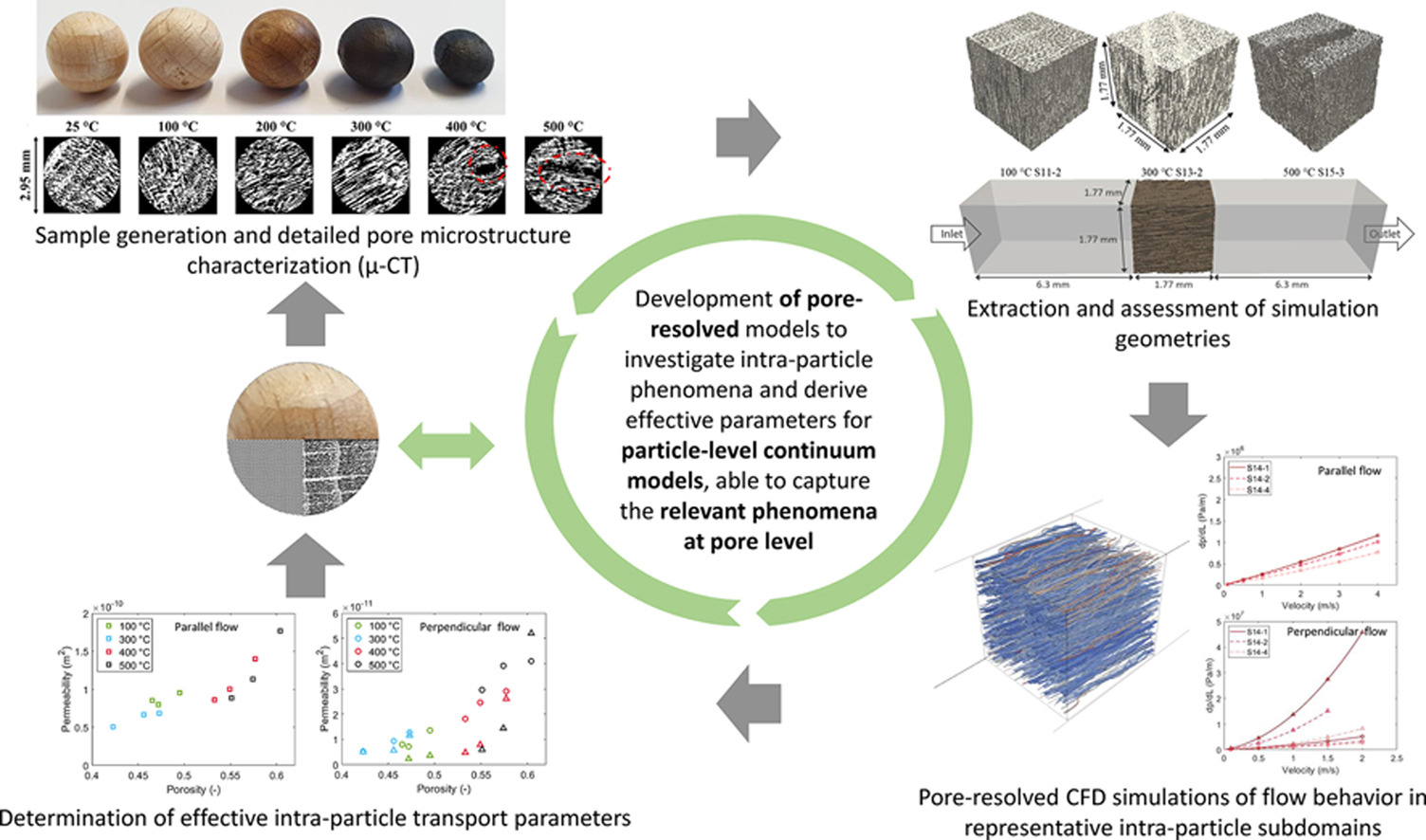- Volumes 96-107 (2025)
-
Volumes 84-95 (2024)
-
Volume 95
Pages 1-392 (December 2024)
-
Volume 94
Pages 1-400 (November 2024)
-
Volume 93
Pages 1-376 (October 2024)
-
Volume 92
Pages 1-316 (September 2024)
-
Volume 91
Pages 1-378 (August 2024)
-
Volume 90
Pages 1-580 (July 2024)
-
Volume 89
Pages 1-278 (June 2024)
-
Volume 88
Pages 1-350 (May 2024)
-
Volume 87
Pages 1-338 (April 2024)
-
Volume 86
Pages 1-312 (March 2024)
-
Volume 85
Pages 1-334 (February 2024)
-
Volume 84
Pages 1-308 (January 2024)
-
Volume 95
-
Volumes 72-83 (2023)
-
Volume 83
Pages 1-258 (December 2023)
-
Volume 82
Pages 1-204 (November 2023)
-
Volume 81
Pages 1-188 (October 2023)
-
Volume 80
Pages 1-202 (September 2023)
-
Volume 79
Pages 1-172 (August 2023)
-
Volume 78
Pages 1-146 (July 2023)
-
Volume 77
Pages 1-152 (June 2023)
-
Volume 76
Pages 1-176 (May 2023)
-
Volume 75
Pages 1-228 (April 2023)
-
Volume 74
Pages 1-200 (March 2023)
-
Volume 73
Pages 1-138 (February 2023)
-
Volume 72
Pages 1-144 (January 2023)
-
Volume 83
-
Volumes 60-71 (2022)
-
Volume 71
Pages 1-108 (December 2022)
-
Volume 70
Pages 1-106 (November 2022)
-
Volume 69
Pages 1-122 (October 2022)
-
Volume 68
Pages 1-124 (September 2022)
-
Volume 67
Pages 1-102 (August 2022)
-
Volume 66
Pages 1-112 (July 2022)
-
Volume 65
Pages 1-138 (June 2022)
-
Volume 64
Pages 1-186 (May 2022)
-
Volume 63
Pages 1-124 (April 2022)
-
Volume 62
Pages 1-104 (March 2022)
-
Volume 61
Pages 1-120 (February 2022)
-
Volume 60
Pages 1-124 (January 2022)
-
Volume 71
- Volumes 54-59 (2021)
- Volumes 48-53 (2020)
- Volumes 42-47 (2019)
- Volumes 36-41 (2018)
- Volumes 30-35 (2017)
- Volumes 24-29 (2016)
- Volumes 18-23 (2015)
- Volumes 12-17 (2014)
- Volume 11 (2013)
- Volume 10 (2012)
- Volume 9 (2011)
- Volume 8 (2010)
- Volume 7 (2009)
- Volume 6 (2008)
- Volume 5 (2007)
- Volume 4 (2006)
- Volume 3 (2005)
- Volume 2 (2004)
- Volume 1 (2003)
• Development of pore-resolved models to investigate intra-particle transport phenomena at particle level.
• Detailed pore microstructure characterization with μ-CT of a beech wood particle at different pyrolysis stages.
• Pore-resolved CFD simulations of a N2 flow in representative intra-particle subdomains.
• Impact of dynamic, anisotropic pore microstructure on flow permeability and tortuosity.
• Determination of effective transport parameters for particle continuum modelsconsidering characteristics at pore level.
In the present study, the influence of the dynamic and anistropic pore microstructure of wood and char samples on the intra-particle flow permeability and tortuosity was investigated. To this end, a beech wood sphere was pyrolysed at different temperatures (100 °C, 200 °C, 300 °C, 400 °C, and 500 °C) and characterised, after each pyrolysis step, by X-ray micro-computed tomography (μ-CT). From the μ-CT images, the structural geometry of the particle at the different conversion degrees achieved at each temperature level was extracted. The porosity evolution was characterised, accounting for pores larger than 15 μm, which was the limit of resolution for μ-CT imaging in this study. The structural geometry was divided in subdomains and used for CFD (computational fluid dynamics) simulations, where the pressure loss at different velocities and in different directions with respect to the main pores (vessel cells) was determined and used to estimate the dynamic and anisotropic permeabilities. The permeability differed by an order of magnitude in the direction of the main pores (vessel cells) in comparison to the perpendicular directions, supporting the need to develop permeability tensors for improved simulations of the pyrolysis process at particle level, accounting for the coupled effects of microstructure, transport, and reaction.

